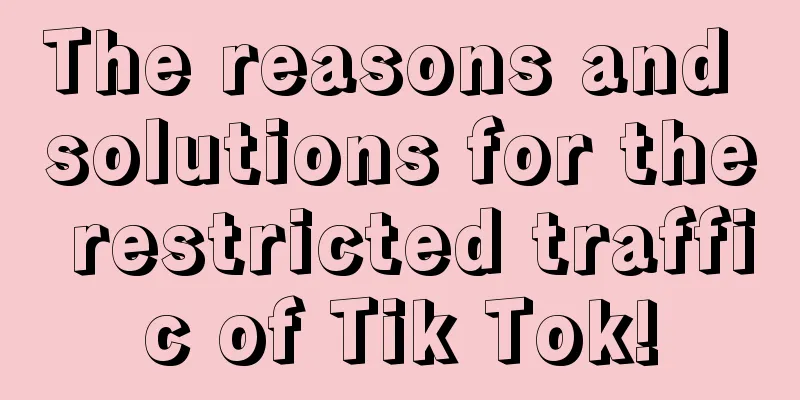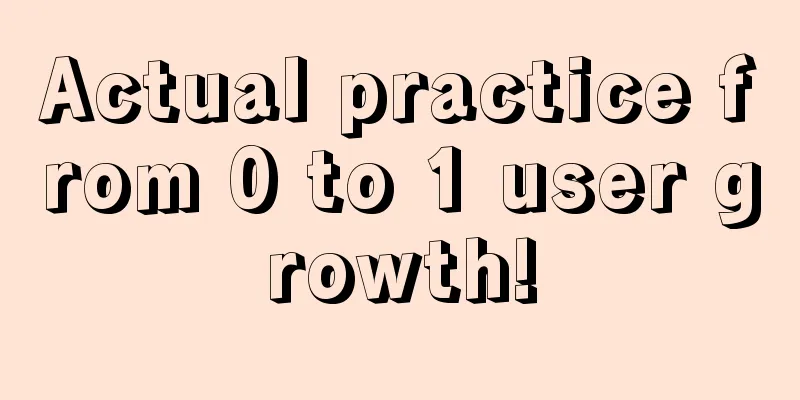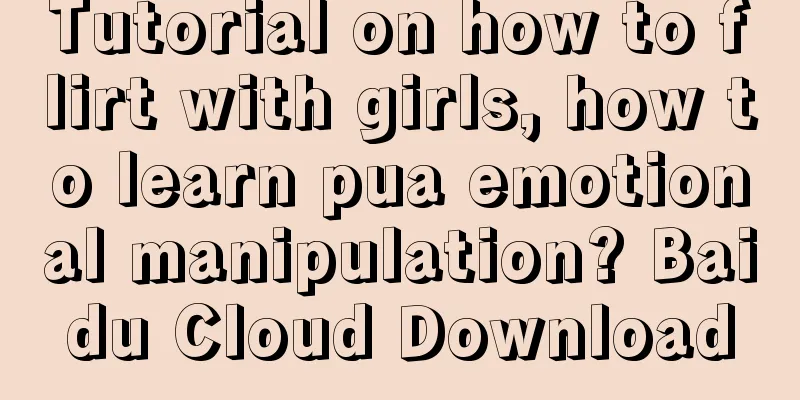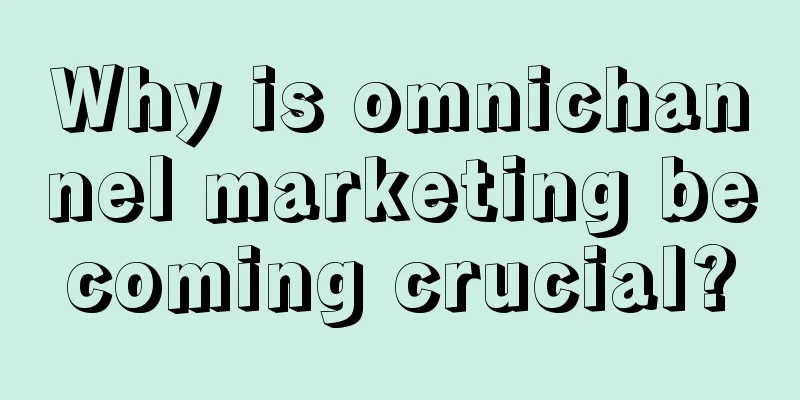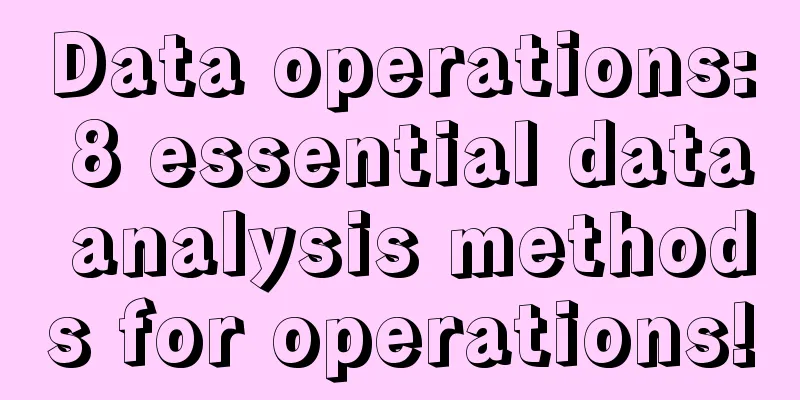Nine commonly used control specifications in UI design are sorted out in this article!
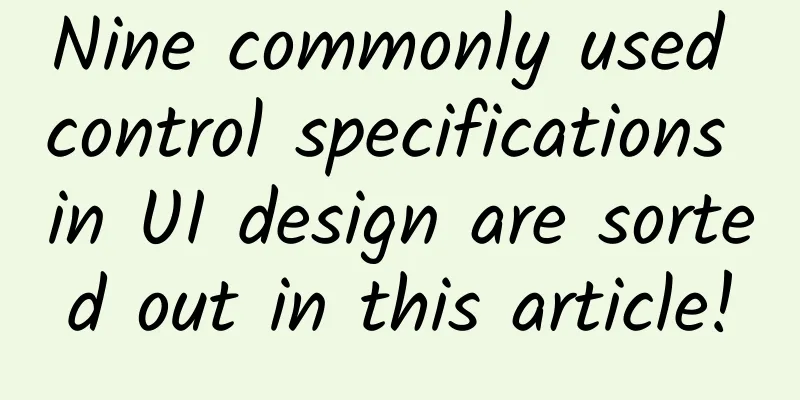
When we design UI interfaces, there are some controls that are almost always used. Users are familiar with their interaction patterns and therefore build mental models, knowing clearly how to use these controls to help them achieve their goals. So as designers, we must be clear about the design specifications of these commonly used UI control elements. This article is relatively basic, but it is recommended that you fill in the gaps. The input controls we need to pay attention to include the following:
1. ButtonButtons convey to users that when they press/click, an action will be triggered. 1. Best Practices ① Button structure When we design a button, we need to consider multiple components: rounded corners, inner spacing, projection (possibly), filling (solid color or gradient), text. All these elements together form an effective button control that sends the correct interaction information to the user. ② Button rounded corners The larger the rounded corners, the more friendly the button will be. But remember that the human eye tends not to like very sharp objects, so it is usually not recommended to use a button style with a rounded corner of 0. It is recommended to use a minimum of 3px rounded corners. ③ Padding The padding can expand the clickable range of the button, helping users to click the button more easily. A good design experience is to design the horizontal padding of the button to be twice the vertical padding. Of course, you can also make appropriate adjustments based on the actual situation of your design. The rules are not rigid. ④ Projection We use shadows to indicate certain states. The button must appear to be on top of the page, so keep the shadow smooth and use soft colors. It is recommended to use a color close to the button and reduce the transparency, which will make your shadow look more natural. The button's shadow uses the same color as the button itself. ⑤ Filling Whether we use a solid color or a gradient, we want to make sure that the button is easy to understand for the user. In addition, the color chosen for the button must reflect the matching color. For example, when you design a red save button, it will make users hesitate to click it. ⑥ Text Similar to color, you also want to use text that is easy for users to read. Use no more than 5 words on a button (1-3 for important buttons). ⑦ Operation Buttons can be categorized based on the type of action they perform when interacting with them. They are divided into three categories:
⑧ Status You can also consider the design style of buttons from another perspective. The most important button states include the following 6 types:
2. CheckboxA check box control allows users to select multiple options in a list at the same time. Best Practices ① When you have a lot of options in a check box, grouping these options is a good way to categorize them. ② Although you may have created a pattern for users to check multiple options when checking a checkbox, it is also helpful for users to accurately display the multiple-choice option title. For example, in a multiple-choice question, if we ask "What books do you like?" instead of "Which book do you like?", the answer we get is likely to be completely different, because we know that users are likely to select multiple options. ③ Increase usability by allowing users to click on the label itself to check the options. 3. Radio ButtonA check box tells the user that there are multiple options in the list that can be selected, while a radio button tells the user that only one option can be selected. Best Practices ① Similar to checkboxes, if you have a long list of options, remember to group them to make it easier for users to choose. ② Provide a default option. Users can choose other options by themselves, but if the default option is what the user wants, it will save them the trouble. ③ The way to increase the usability of radio buttons is to allow users to select the option by clicking on the option label (expanding the click range). 4. Switch ControlsOften used in switch options to allow users to easily select between 2 options. Best Practices ① Toggle buttons usually have a default value. Users can decide whether to change the toggle state. ② When the user interacts with the toggle button, the impact on the result should be immediate, without having to click Save. 5. Input BoxSimply put, an input field allows users to enter text. Although the design styles may vary, they should all display a label. Best Practices ① Always display the label so that users can always know what option they have filled in. If the label is only displayed in the input box, the label will be hidden when the user is typing. Therefore, there should be a label prompt when using it outside the input box. ② Keep labels concise and representative. ③ Display prompts to ensure that the text content allows users to fill in correct information. 6. Drop-down listSimilar to radio buttons, drop-down lists allow users to select only one option at a time. In fact, they are expandable, essentially a compact radio button. Best Practices Because they are essentially a compact radio button, it’s probably quicker to expand the selection when it’s not really necessary, so try to avoid using them. 7. Drop-down checkboxSimilar to a checkbox, it also allows the user to select multiple options at the same time. Best Practices If you have a long list of options, remember to group them to make it easier for users to select. 8. Drop-down buttonEssentially, a drop-down button consists of a button that, when clicked, displays a different list of contents. Best Practices ① Remember to add hover effects to options to show that users can navigate to another page by clicking. ② Add a separate icon to the right side of the button to tell users that it also has a hidden drop-down menu. 9. SliderSliders allow users to change or set a value Best Practices Use sliders only when necessary, when the range is more important to the user than the exact value. Pay attention to the click range of the control to ensure that users can easily select different values. SummarizeThe controls mentioned above are often used in our daily design work. I hope you can understand the specifications and guidelines for correct use in order to bring the greatest value to users. |
<<: Using OpenGL to generate transition effects in mobile applications
Recommend
Don’t ask! Milk tea is for afternoon drinking, people go crazy at night!
Who is the “traffic leader” in the beverage indus...
Ergun SEO training: What is site group optimization? How to optimize site clusters through black hat means?
When it comes to black hat SEO, it often gives no...
The automobile sales management method does not mean no brand
The new "Automobile Sales Management Measure...
The digital advertising landscape in 2022 (Part 1)
Judging from the revenue situation, the pattern o...
Special: During National Day, go visit a museum!
Some people say To understand a city The vegetabl...
618 JD Marketing Teaches You How to Create a Differentiated IP
Although 618 brings with it scarce and large traf...
Samsung to surpass IBM in US invention patents this year
Beijing time, December 15th morning news, Samsung...
Xue Song Behavioral Finance, Vol. 1
Xue Song's Behavioral Finance, Issue 1 Resour...
How can the education and training industry divert traffic from Douyin to "private domain traffic"
The online education industry generally faces the...
Native advertising has deep routines. How can case-based copywriting make information flow advertising more outstanding?
You must have seen headlines like this: "Oh ...
One is an anteater that eats termites, and the other is an army ant that eats everything. Which one is stronger?
Termites, a type of winged insect that can effici...
Deconstruction and reconstruction behind product operations: Why was P&G's brand empire "dismembered"? Why can Toutiao become a platform?
1. Unbundle I mentioned a point in the article &q...
Douyin operation: How to create a Douyin account? Free disclosure of 4 tips and tricks.
Tik Tok, as the leader of short video self-media,...
To operate online celebrity content, you need this pretentious "Six Meridians Divine Sword"
At the second Hongmeng Culture·Hongshengwanwu Int...
"How to write SEO's professional skills" What professional skills does an SEO engineer need to have?
Expand all I believe that many people who are not...
